AARP Hearing Center


In an instant, Cressida McKean’s entire life was upended.
One moment, this mother of two was preparing for the day after a Sunday breakfast with her husband, Russell Borthwick. The next, she was on the phone with 911, getting emergency assistance for him.
From that morning on, McKean, now 70, joined the ranks of countless others in caregiving for a stroke survivor.
The short- and long-term effects of a stroke can vary depending on its severity and the area of the brain affected, but the results can be far-reaching. Language, vision, memory and spatial perception issues, as well as physical disabilities such as paralysis, are among the many potential issues.
This can be demoralizing and frustrating for the survivor, who can become depressed after a stroke. It’s also daunting for those who become caregivers. These loved ones must learn to support the survivor physically, mentally and emotionally while often juggling other duties such as managing medical bills and appointments, preparing meals, doing laundry and going grocery shopping. Adding to the pressure, many caregivers are parents or hold full-time jobs.
As McKean experienced, if a spouse has a stroke, a caregiver may need to pick up duties the stroke survivor once handled. For instance, among her many tasks, she had to also “figure out how to do the taxes, how to bleed the pipes in the winter,” she says.
At first, McKean tried to do it all — taking on the role of “the ultimate caregiver” — but eventually realized she needed aid from others to best help herself and Borthwick, who had the stroke in 2007 and is now 67 years old.
That team approach to caregiving is essential, says rehabilitation psychologist Efrat Hedges Eichenbaum. “Even with the best intentions and the highest level of motivation, no one can be a 24-hour caregiver,” Eichenbaum says. “It is important, if you can, to get your own social and caregiver support.”































































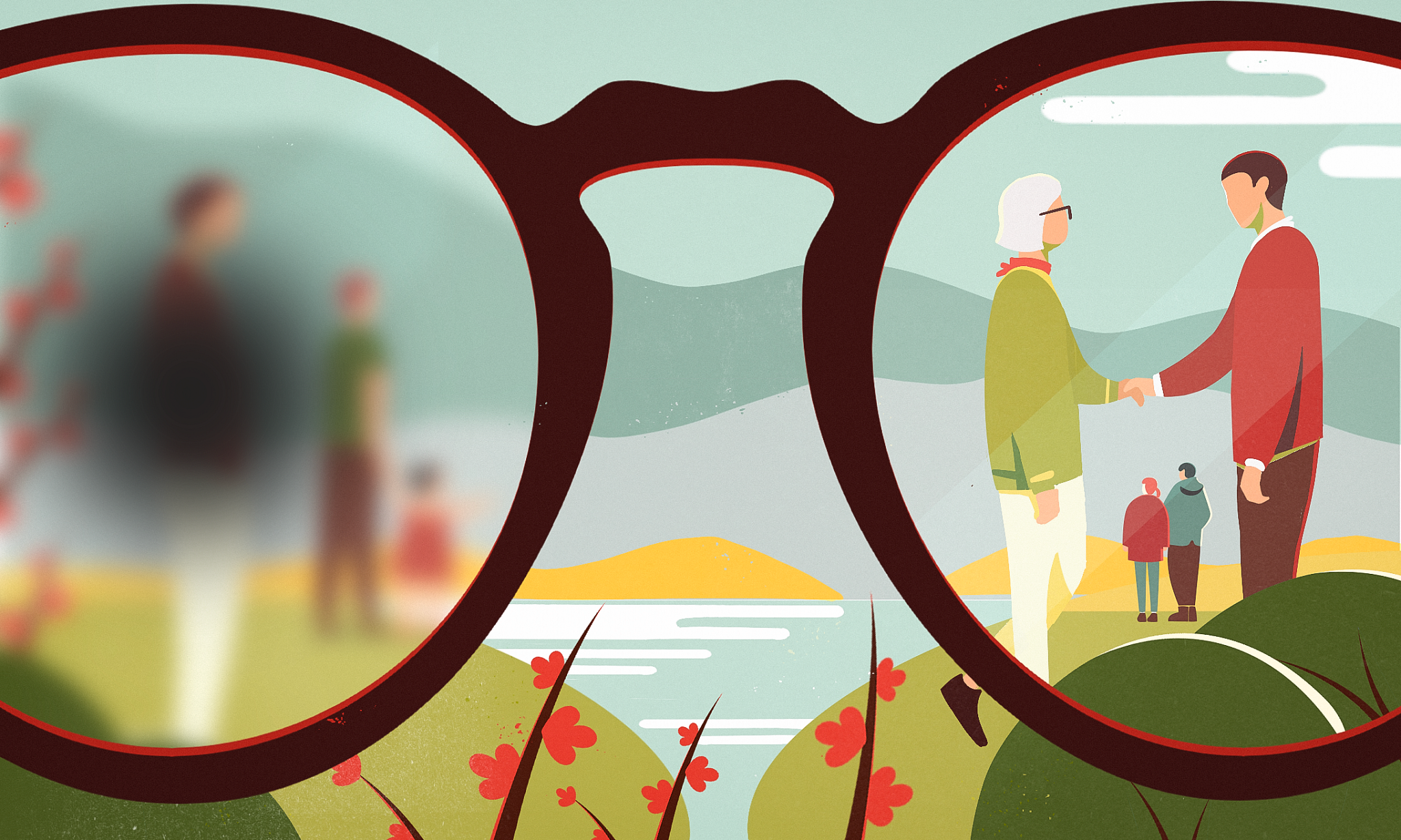.png?crop=true&anchor=0,26&color=ffffffff&u=ucxnmh&w=2048&h=1177&credit=Marco%2520Baccioli)
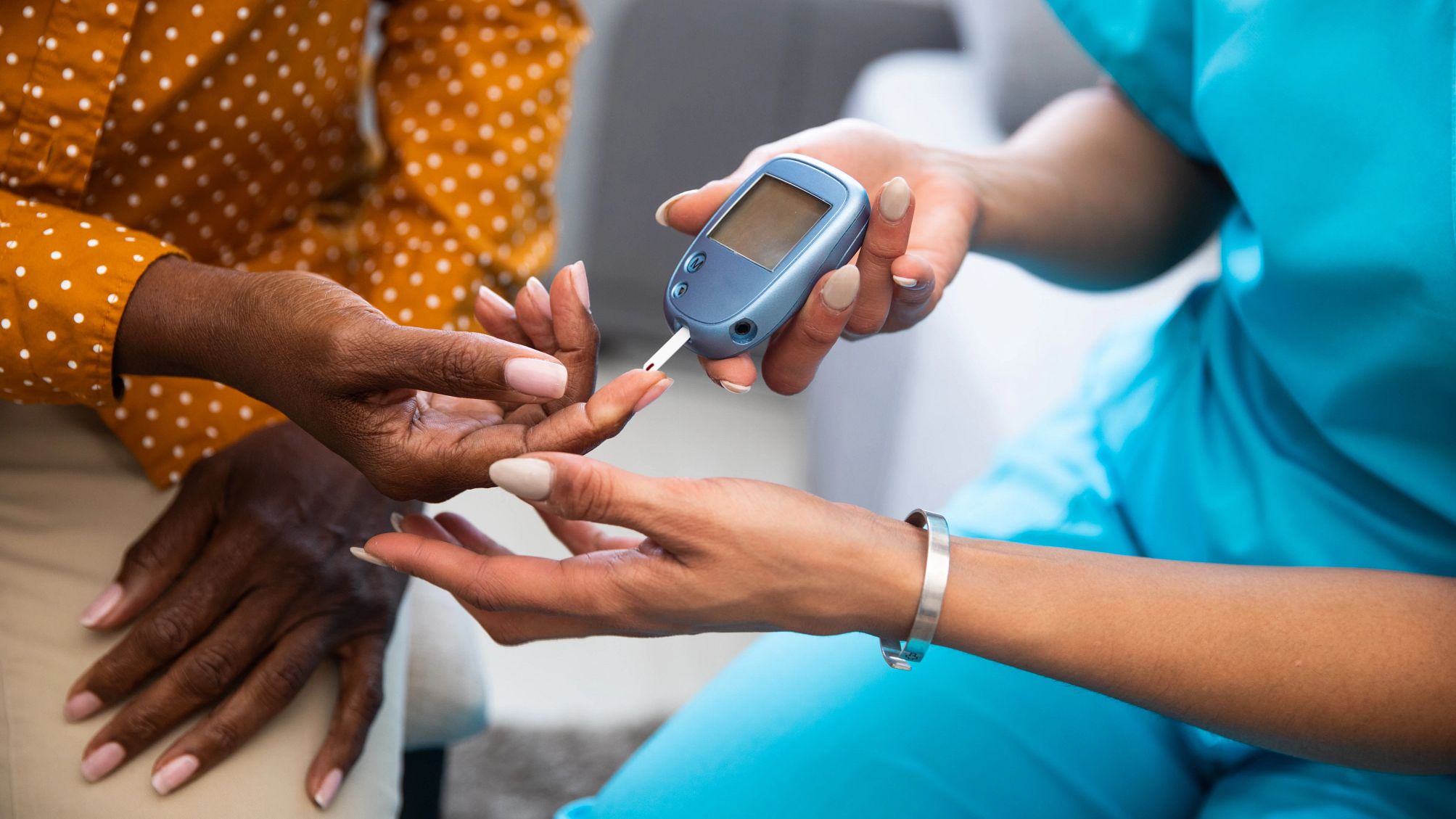
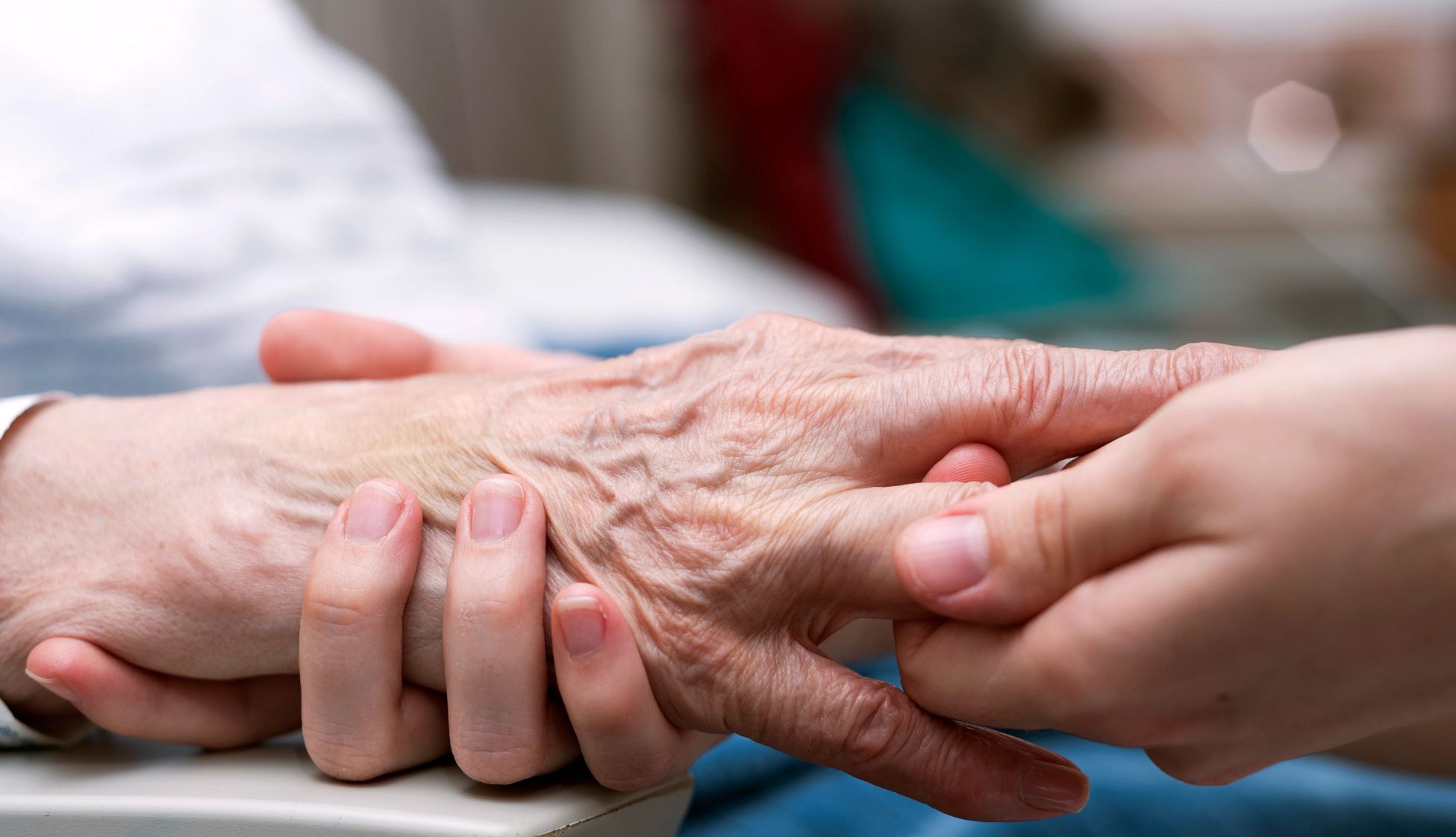
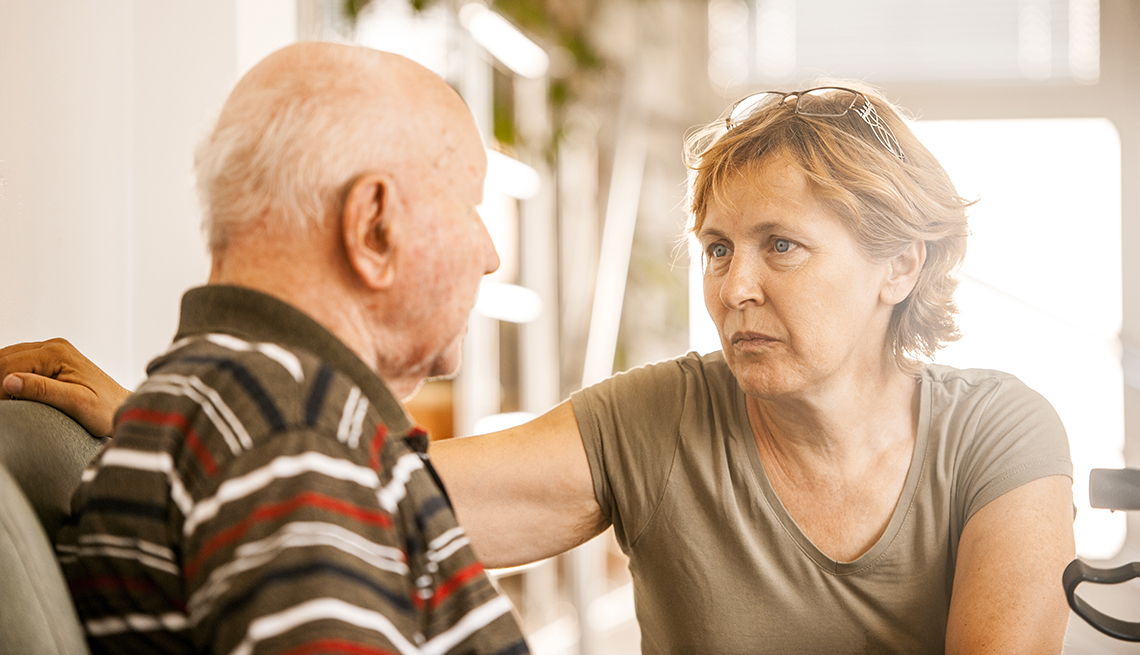
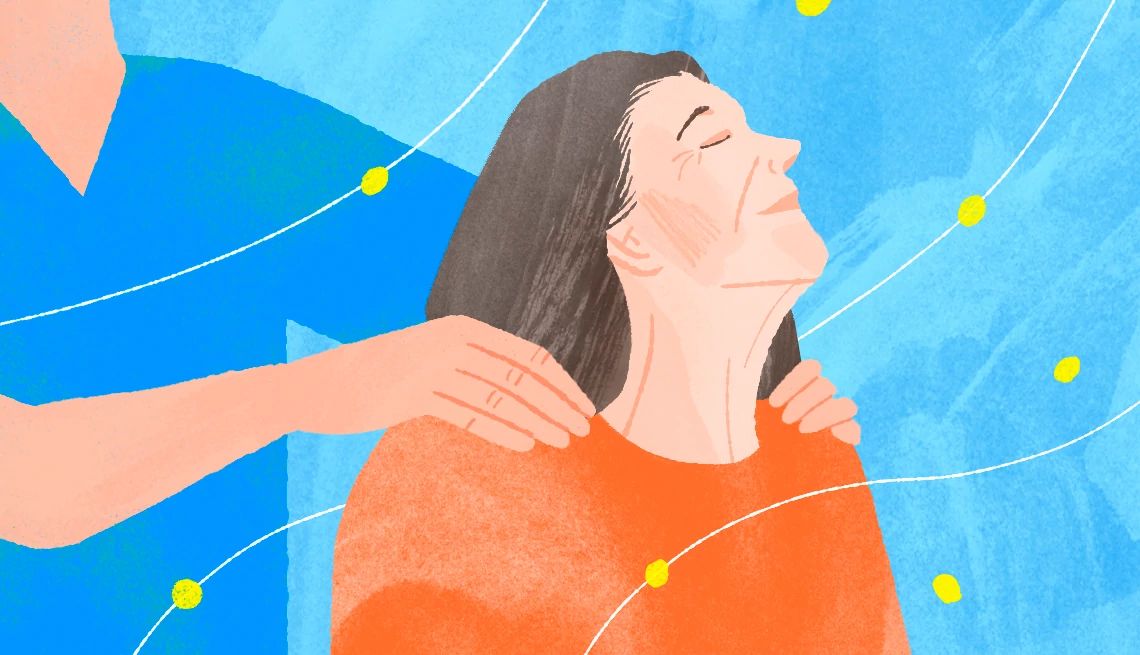

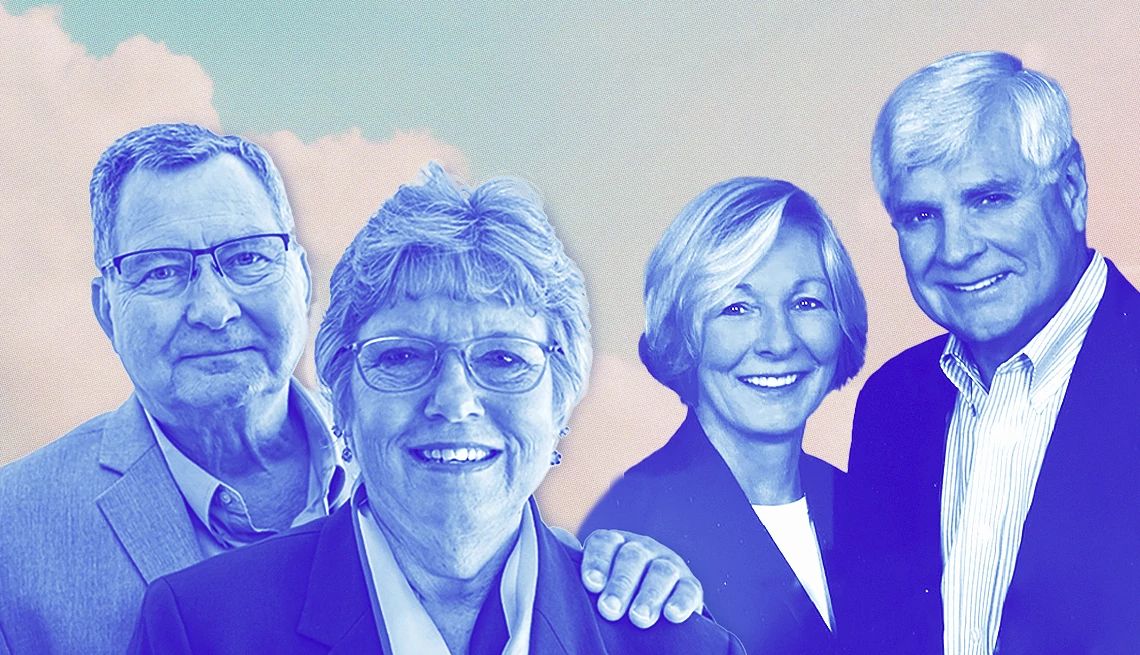)
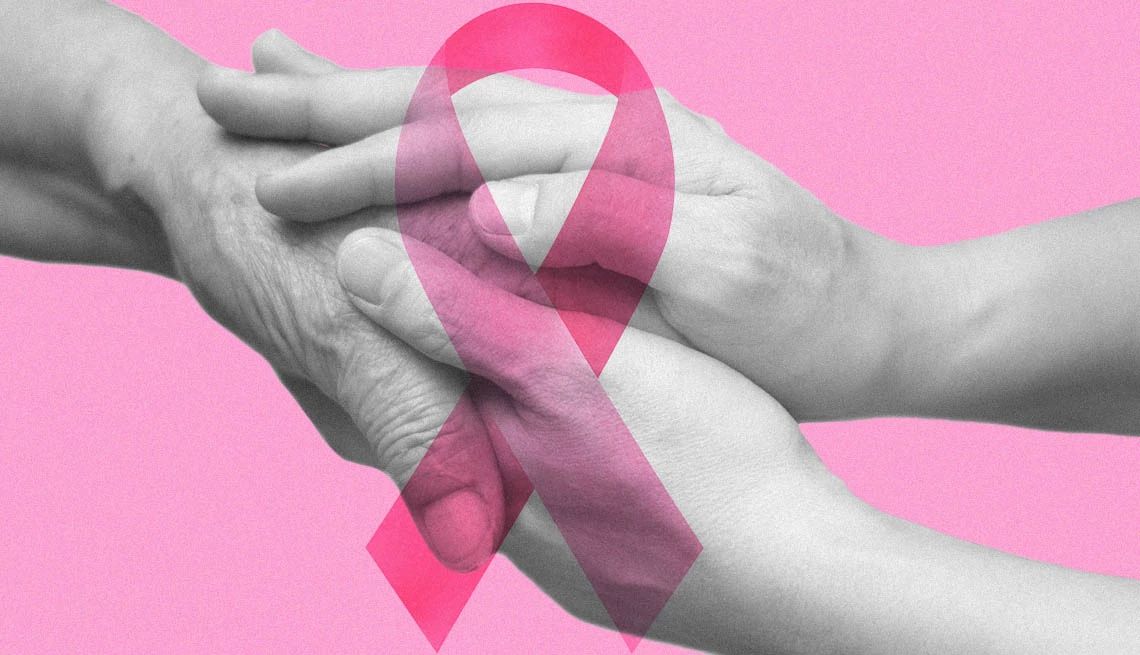)
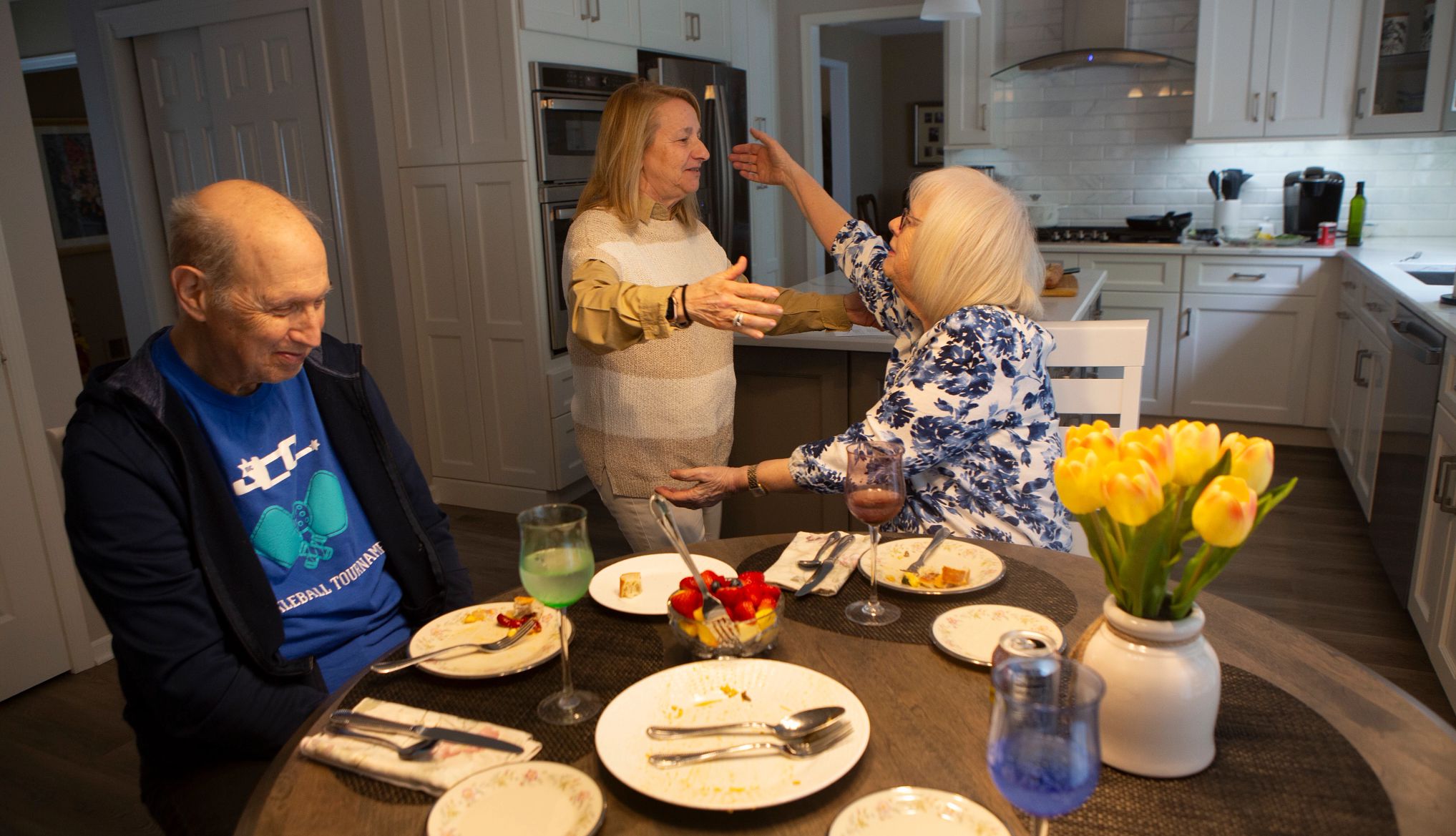
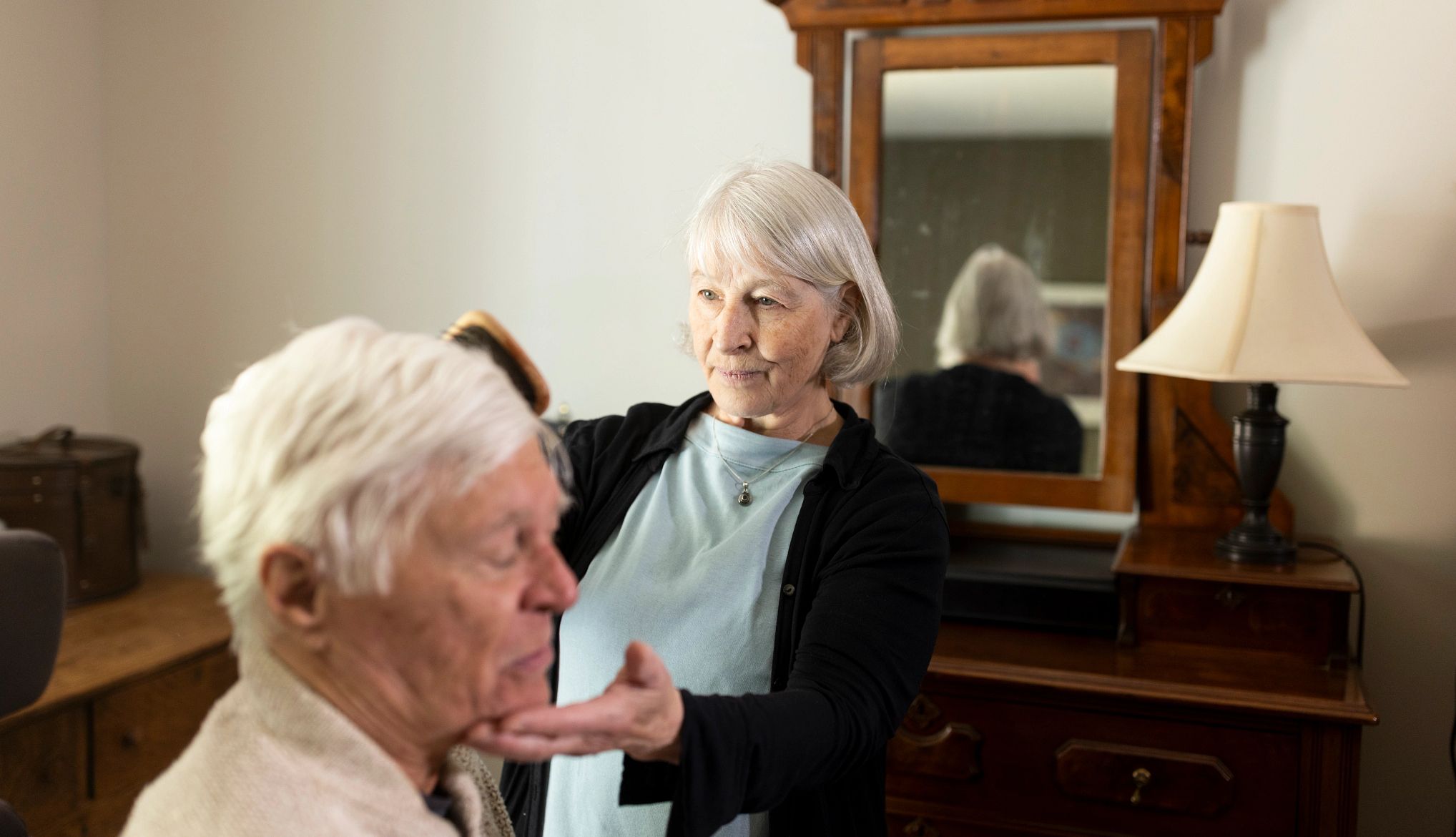
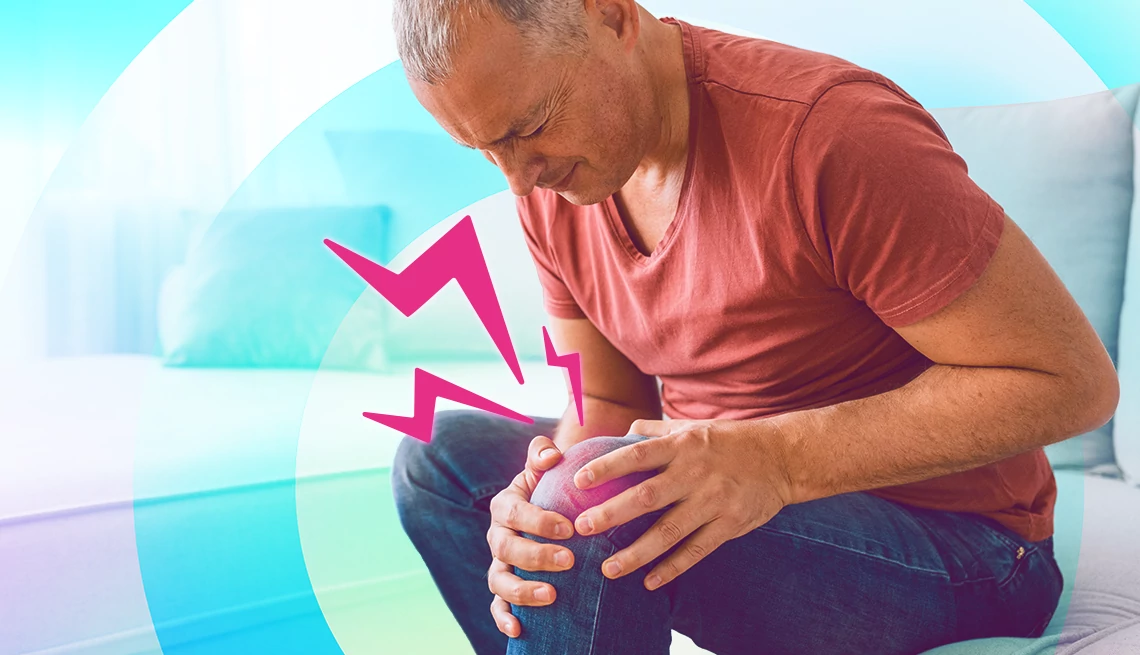))
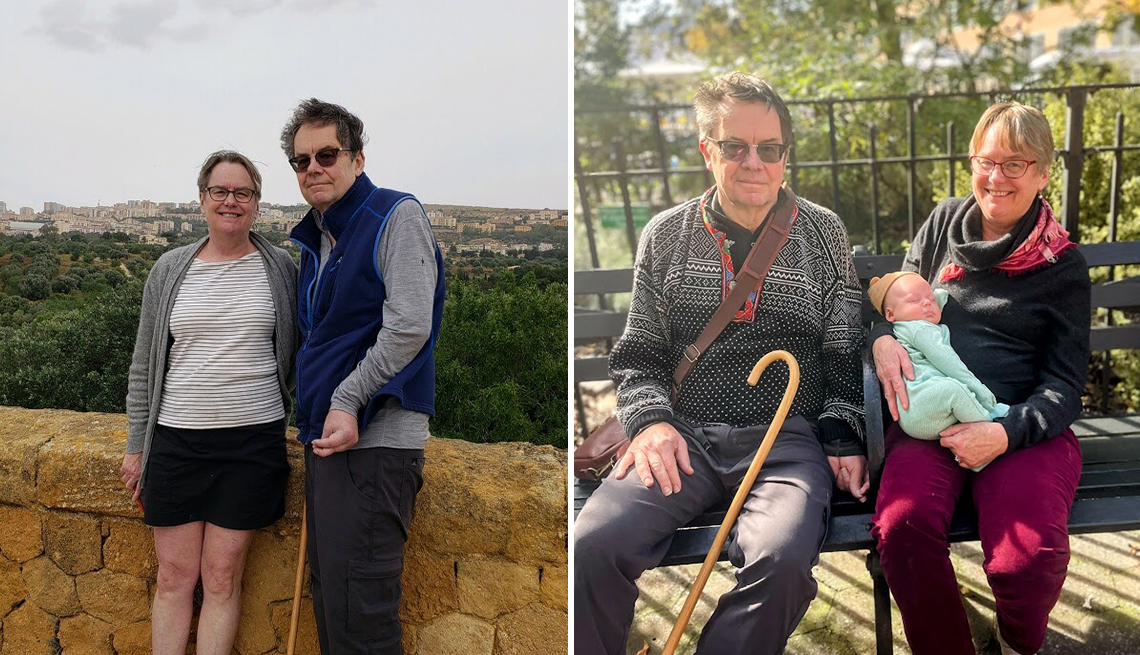
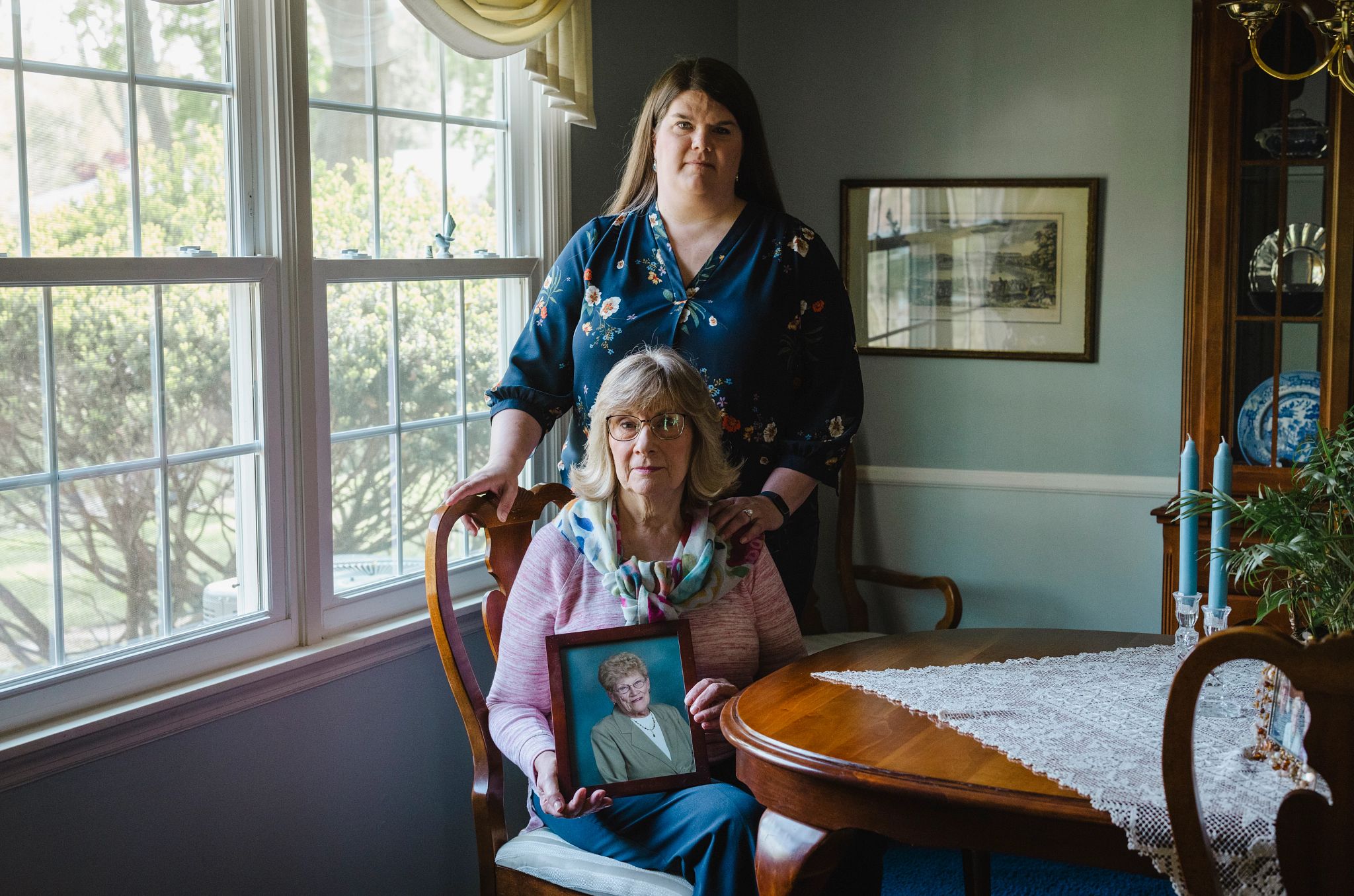
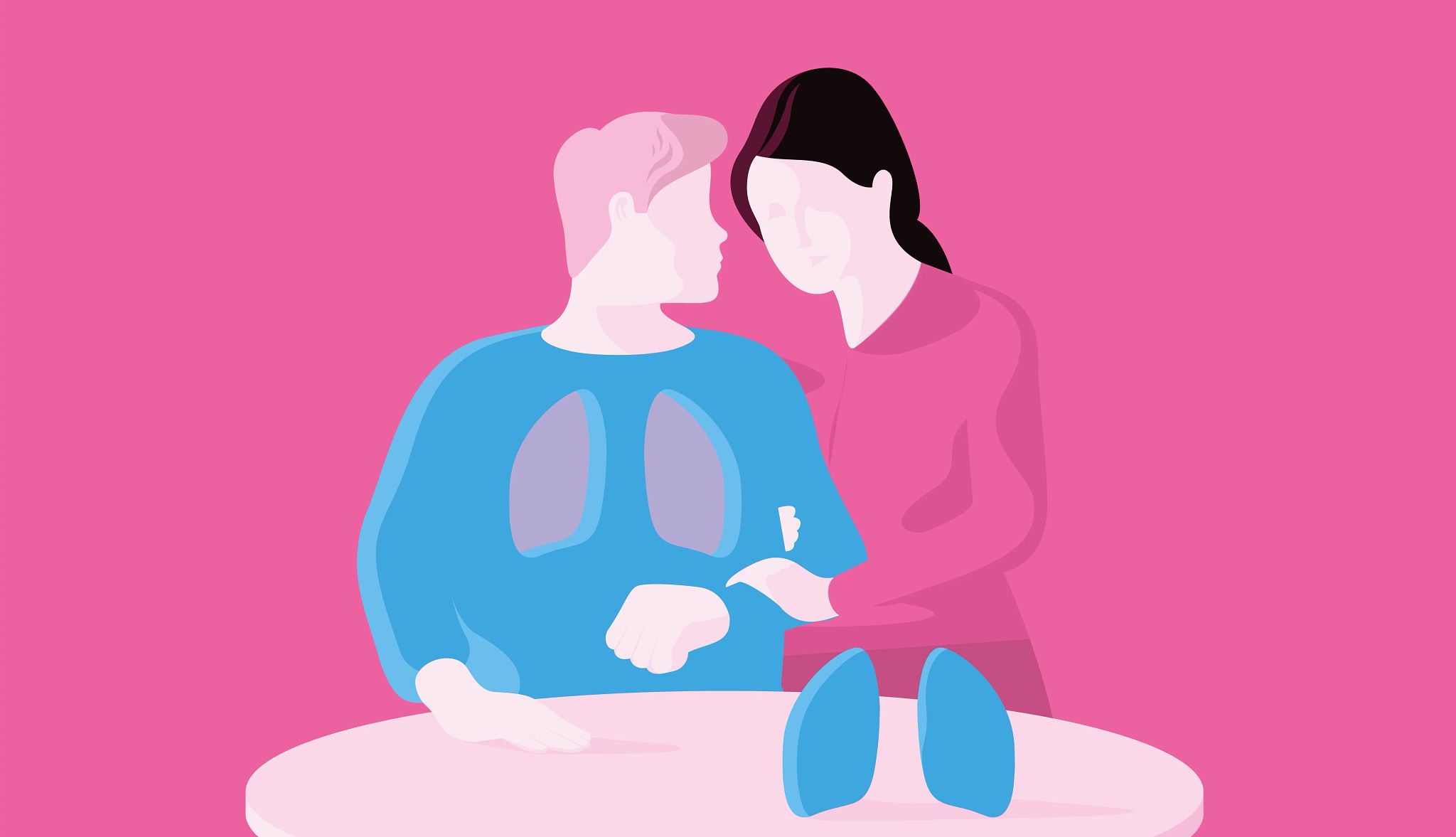





More From AARP
Fixing America’s Caregiving System
New programs, laws and policies are starting to give caregivers the support they needWhen Family Caregivers’ Expectations Can’t Be Met
Some caregiving challenges have no easy solutions, but there are different approaches you can take